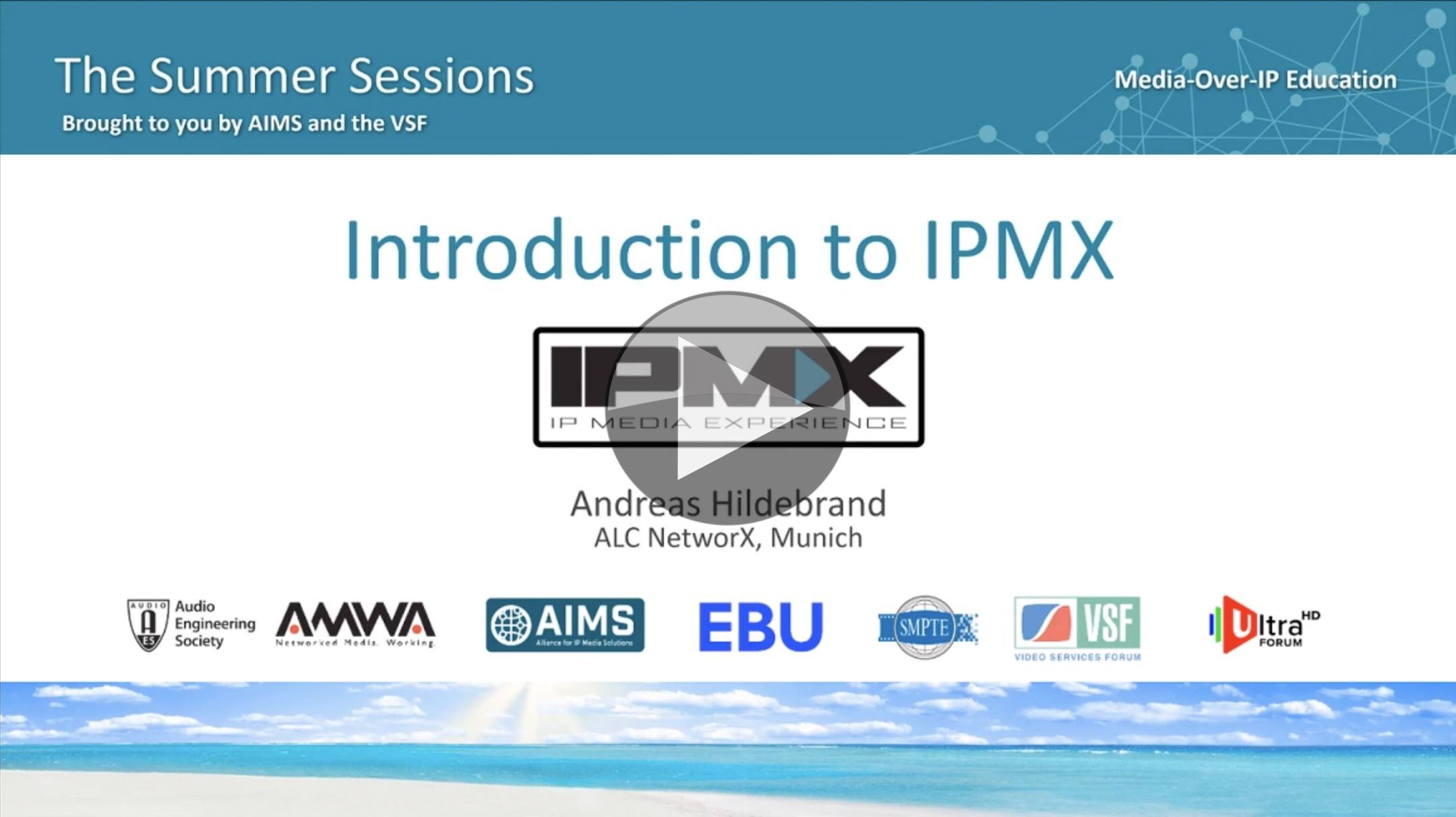The Broadcast Knowledge has documented over 100 videos and webinars on SMPTE ST 2110. It’s a great suite of standards but it’s not always simple to implement. For smaller systems, many of the complications and nuances don’t occur so a lot of the deeper dives into ST 2110 and its associated specifications such as NMOS from AMWA focus on the work done in large systems in tier-1 broadcasters such as the BBC, tpc and FIS Skiing for SVT.
ProAV, the professional end of the AV market, is a different market. Very few companies have a large AV department if one at all. So the ProAV market needs technologies which are much more ‘plug and play’ particularly those in the events side of the market. To date, the ProAV market has been successful in adopting IP technology with quick deployments by using heavily proprietary solutions like ZeeVee, SDVoE and NDI to name a few. These achieve interoperability by having the same software or hardware in each and every implementation.
IPMX aims to change this by bringing together a mix of standards and open specifications: SMPTE ST 2110, NMOS specs and AES. Any individual or company can gain access and develop a service or product to meet them.
Andreas gives a brief history of IP to date outlining how AES67, ST 2110, ST 2059 and the IS specifications, his point being that the work is not yet done. ProAV has needs beyond, though complementary to, those of broadcast.
AES67 is already the answer to a previous interoperability challenge, explains Andreas, as the world of audio over IP was once a purely federated world of proprietary standards which had no, or limited, interoperability. AES67 defined a way to allow these standards to interoperate and has now become the main way audio is moved in SMPTE 2110 under ST 2110-30 (2110-31 allows for AES3). Andreas explains the basics of 2110, AES, as well as the NMOS specifications. He then shows how they fit together in a layered design.
Andreas brings the talk to a close looking at some of the extensions that are needed, he highlights the ability to be more flexible with the quality-bandwidth-latency trade-off. Some ProAV applications require pixel perfection, but some are dictated by lower bandwidth. The current ecosystem, if you include ST 2110-22’s ability to carry JPEG-XS instead of uncompressed video allows only very coarse control of this. HDMI, naturally, is of great importance for ProAV with so many HDMI interfaces in play but also the wide variety of resolutions and framerates that are found outside of broadcast. Work is ongoing to enable HDCP to be carried, suitably encrypted, in these systems. Finally, there is a plan to specify a way to reduce the highly strict PTP requirements.
Watch now!
Speaker
 |
Andreas Hildebrand Evangelist, ALC NetworX |


